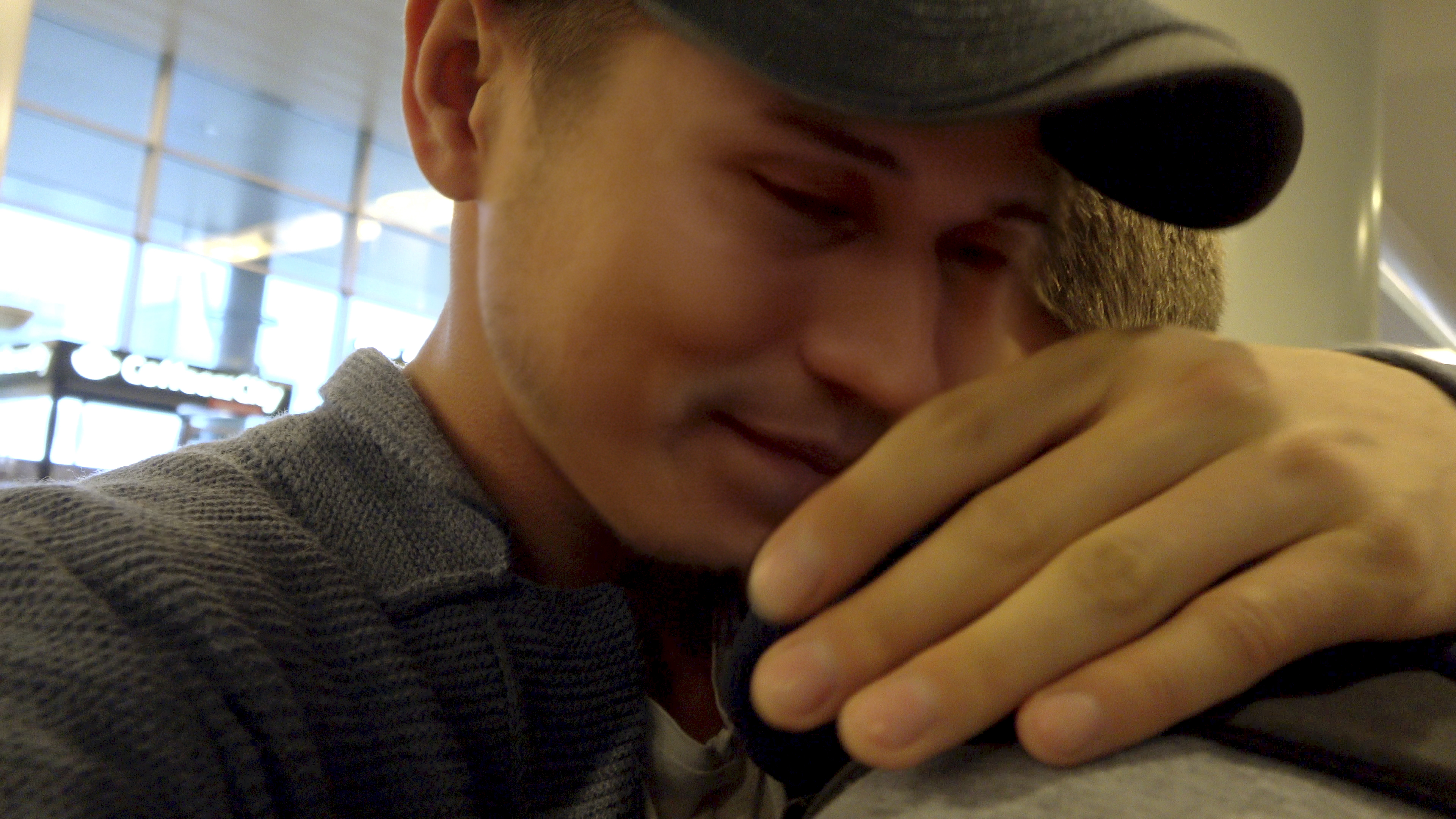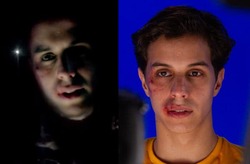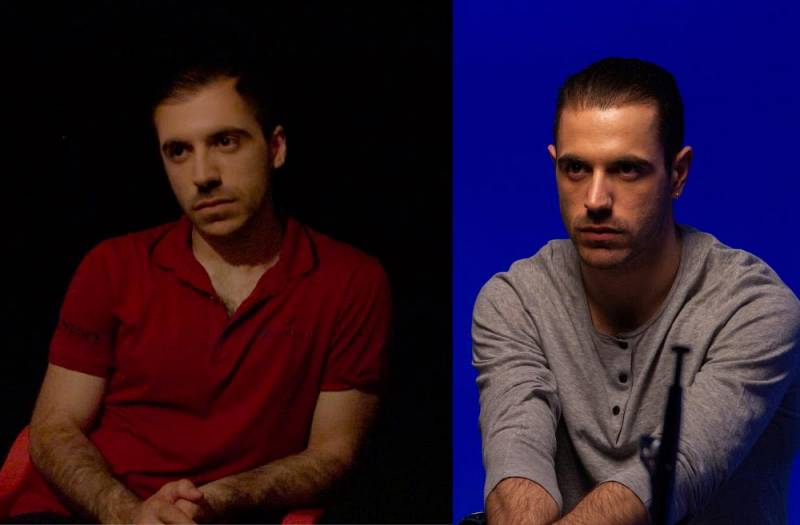


Almost two weeks after the Oscar nominations and one snub still stings: Welcome to Chechnya in Visual Effects. After making it in the shortlist, hopes were high that its life-saving use of facial replacements could catapult it to Oscar history as the first documentary to be nominated in this category, one largely dominated by Hollywood blockbusters (which were mostly missing last year) Only a year like 2020 could have brought a documentary film close to this category and it still did not happen.
This begs the question: why are documentaries routinely ignored in categories outside of Documentary Feature?


The category for Best Documentary Feature was instituted in 1942, a year after two wartime documentaries received the Honorary Award: Kukan: The Battle Cry of China, about the Chinese resistance during the Japanese occupation, and Target for Tonight, about the UK Royal Air Force’s night raid in Germany.
Outside their own category, documentaries struggle to find footing in other categories. Some of the few docs that made it to nominations in other categories are:

-
Chang: A Drama of the Wilderness (1927) - nom for Unique and Artistic Production
-
With Byrd at the South Pole (1930) - won Cinematography
-
Woodstock (1970) - won Documentary Feature, noms for Sound and Film Editing
-
Birds Do It, Bees Do It (1974) - nom for Original Score

-
Hoop Dreams (1994) - infamously snubbed in Documentary Feature, nom for Film Editing
-
Waltz with Bashir (2008) - nom for Foreign Language Film
-
The Missing Picture (2013) - nom for Foreign Language Film
-
Honeyland (2019) - nom for International Feature Film and Documentary Feature
As of today, no documentary film has been nominated for Best Picture, Best Director, or either Original/Adapted Screenplay.
Original Song is the major exception (which we already discussed), with eight docs earning nominations (six of those nominated in the 2010s, with Diane Warren and J Ralph nominated twice.)
Rarely do we see documentaries break out of its two categories: Documentary Feature and Documentary Short Subject. During awards season, documentaries are treated as sidebars. Rarely do we see documentaries find traction outside of their own category despite the rising number of them being made and made accessible to a wider audience.
During the birth of cinema filmmakers captured fifty seconds of normal life; some of them unstaged, some of them staged, but made to appear that they are not. In some ways, the purest (and earliest) form of cinema is the documentary. Culture largely shifted to the consumption of fiction films as the hegemonic paradigm once Hollywood had established itself.

This trickles down to the Academy Awards (and other awards) where studios campaign their films in the hopes of bringing prestige and money to the table. The documentary world rarely pours money out in the same way that Hollywood does in promotion. While documentary filmmakes brave the outside world to capture stories, fiction filmmaking works around personalities and celebrities in their storytelling. This is not to say that one way of filmmaking is better than the other, but that the latter’s finances are a deciding factor during awards season; money propels narrative in countless ways when it comes to campaigning for golden trophies.
There remains a bias against documentaries, even among cinephiles. It is quite a common perception that documentaries are not like “normal” films. You don’t just casually watch them for entertainment unlike fiction films. To some extent, this makes sense. A lot of us most probably first encountered the concept of documentaries with television, where they are mostly treated as another form of journalism rather than cinematic storytelling.
Unfortunately this viewpoint takes for granted the amazing craft that has been showcased in documentaries that would have been worthy of consideration. These are just examples of films from recent memory...
CINEMATOGRAPHY

Fiction films mostly create stunning images in a controlled environment, whether it be in complex continuous shots (1917, Birdman), highly stylized visions (Roma, La La Land), or visual effects-laden imagery (Blade Runner 2049, Gravity). Documentaries, for the most part, do cinematography by capturing what is uncontrollable. With sharp visual instincts and logistical mastery, docs have produced some of the most indelible images. They challenge the notion that only fiction films are ‘cinematic’, whatever that even means.
HONEYLAND beautifully captured the symbiotic relationship of a beekeeper and the nature surrounding her with warmth and audacity. FREE SOLO took its viewers on a visceral visual ride as its daredevil climber attempts to achieve a seemingly insurmountable goal. This year, THE TRUFFLE HUNTERS owned its visual eccentricity with its painterly cinematography, especially lighting and blocking. Also from this year is MY OCTOPUS TEACHER which contained breathtaking underwater camerawork that highlighted the beauty and peculiarity of its subject matter.
FILM EDITING

Clearly dominated by the ‘best means most’ mindset, this category has housed films that featured flashy editing, whether in war (Hacksaw Ridge, Dunkirk), music (Whiplash, Bohemian Rhapsody), or chase scenes (Mad Max: Fury Road, Ford v. Ferrari). However, editing is such a crucial part in documentaries that's it's frustrating they aren't nominated more often. Most docs are made within the span of multiple years, amassing a large amount of footage, and then assembling them into a coherent and engaging narrative.
MINDING THE GAP demonstrated the accumulative power of years of footage in telling the story of poverty and domestic abuse. CITIZENFOUR fashioned itself as a slow-burning, real-time thriller that captures the looming danger on Edward Snowden. This year, COLLECTIVE incessantly followed two narrative threads that are propelled with nerve-wracking reveal of information with its sharp succession of scenes. Meanwhile, TIME encapsulated an emotional meditation on memory through its skillful weaving of home video footage with pristinely shot scenes of the present.
ORIGINAL SCORE

It is no surprise that this category has been largely dominated by fiction films from composers familiar with the Academy, given the branch’s reputation of being insular. More recently, the composers mostly rewarded here are from Best Picture nominees, either established composers (Alexandre Desplat, John Williams) or exciting new talents (Justin Hurwitz, Hildur Guðnadóttir).
But documentaries also use music to push the boundaries of storytelling and emotional engagement. AMERICAN FACTORY dynamically shifted tones between the humorous and the heartbreaking as it examined the clash of Chinese and American values. THE KINGMAKER highlighted the grandiose delusion of a former dictator’s wife through its swelling music. One of the strengths of THE EDGE OF DEMOCRACY is its score that stirringly traced the fall of Brazil’s democracy through a very personal perspective. This year, THE MOLE AGENT became a heartwarming celebration of old-age community and a moving lamentation of society’s neglect of the elderly through its whimsical score.
SOUND

Another category where the ‘best means most’ applies. Sound is generally dominated by Best Picture nominees, and/or war films (Dunkirk, American Sniper), musicals (Les Misérables, Dreamgirls), and sci-fi/action (Gravity, Arrival).
Documentaries also use sound mixers and designers for their storytelling arsenal. KURT COBAIN: MONTAGE OF HECK modulates the musical legacy of its titular music icon and a more psychological exploration of the said artist. THE CAVE terrifyingly immerses the audience in multiple instances of bombings and how the hospital staff try to survive inside. HALE COUNTRY THIS MORNING, THIS EVENING approaches both sound and film editing in a lyrical manner, assembling moving through familiar noise and stretches of silence to subtly evoke the atmosphere of a town by only trusting the symphony of sounds and images.
PRODUCTION DESIGN, COSTUME DESIGN, and MAKEUP AND HAIRSTYLING

Documentaries are understandably absent for the most part in this category, since most of them do not rely on recreating events but capturing them. However, an increasing amount of documentarians are playing with the form, allowing them to use these aspects commonly associated with fiction filmmaking to reveal the more important truths of their stories.
THE ACT OF KILLING used makeup to confront its central band of murderers by letting them relive the atrocities that they have committed. THE CIRCLE recreated the lives of the people involved in the titular underground gay network through costumes and hairstyling. THE MISSING PICTURE utilized figurines and miniatures to recall the harrowing ordeal of the director during the Khmer Rouge, to haunting effect.
Here's to hoping that Welcome to Chechnya’s close call for a Visual Effects nomination was not a fluke but an exciting example of momentum in respecting the technical achievements of documentaries.